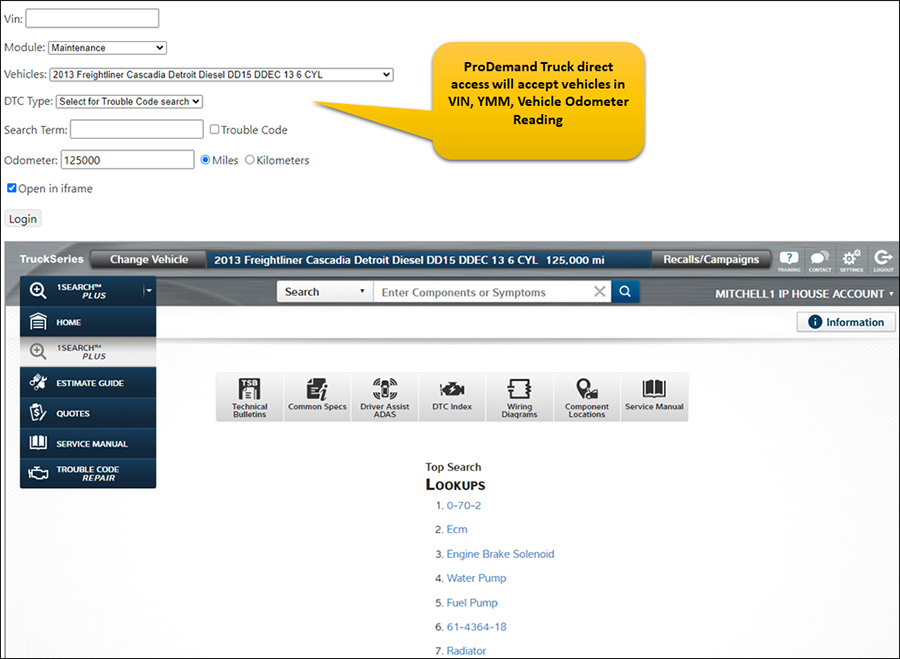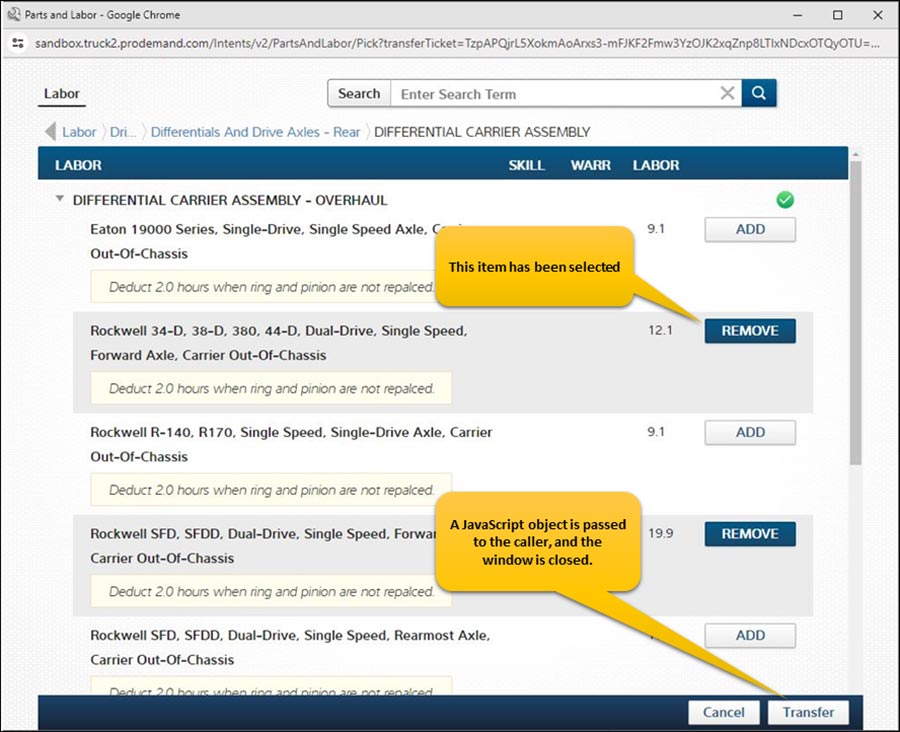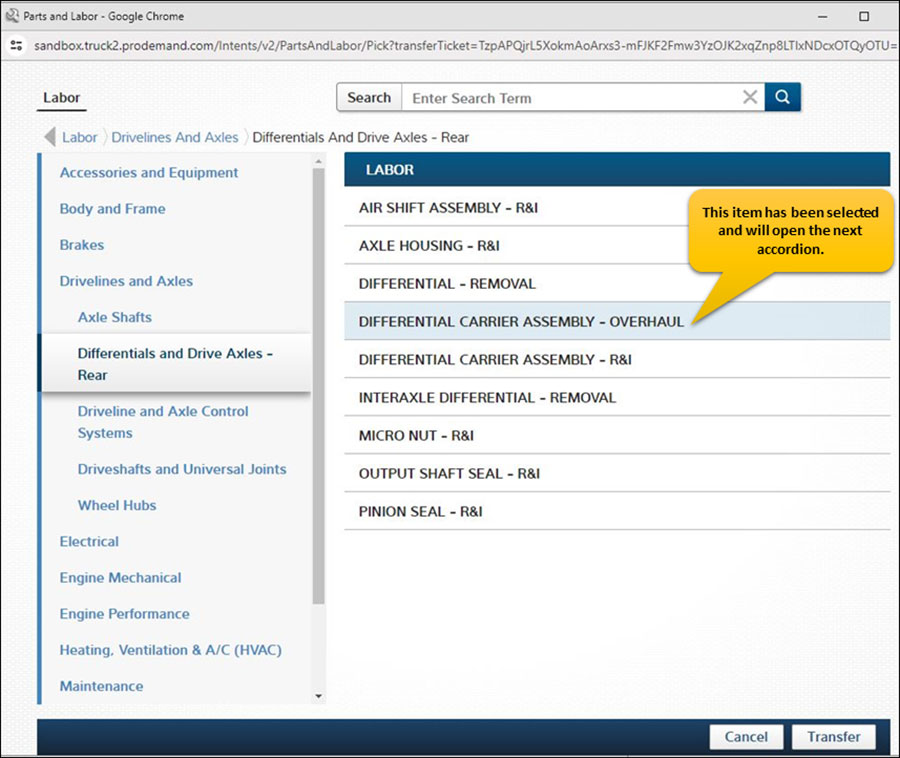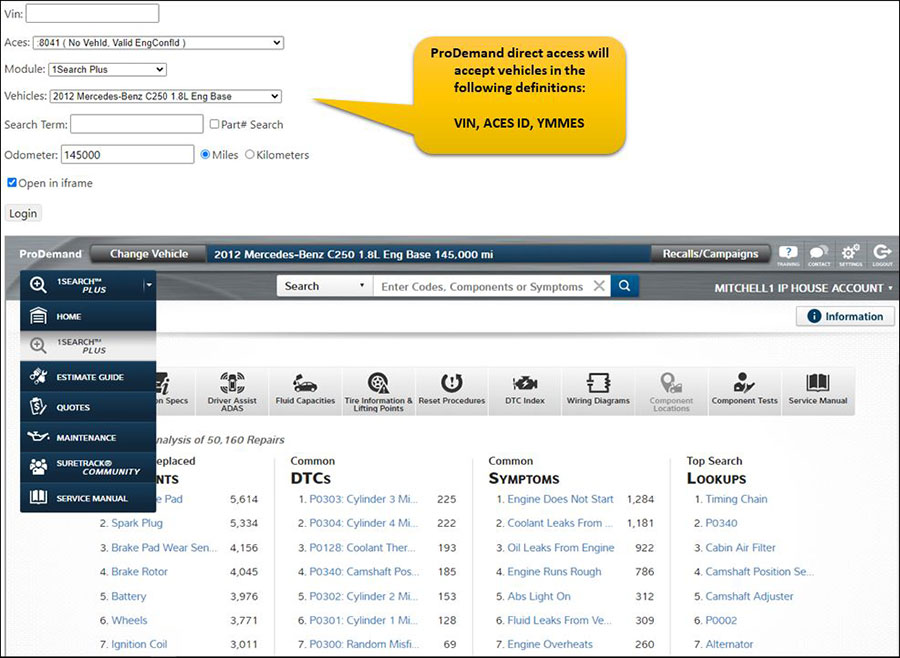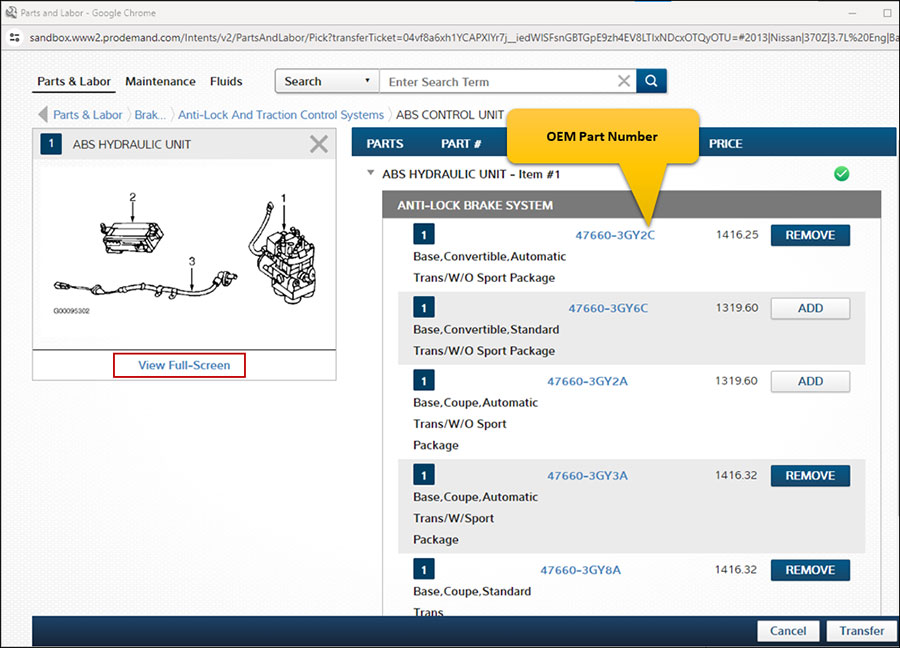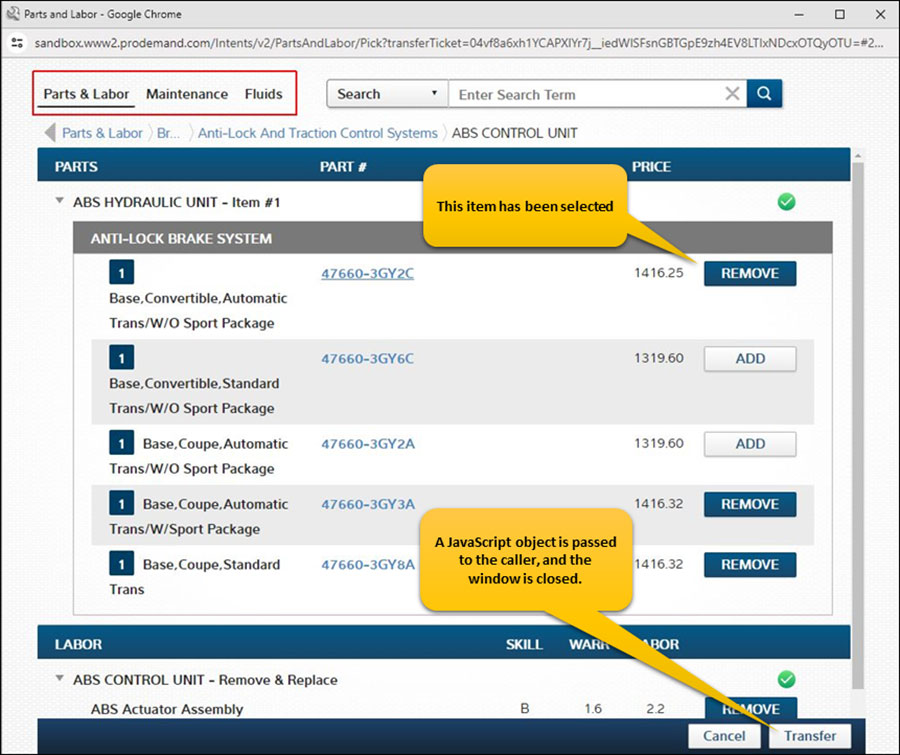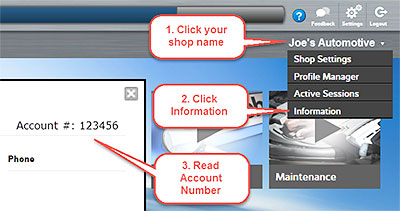 Ever turn on your car, crank the air conditioner up and then promptly be greeted with the melodious odor of something “funky”? Well if you live in or drive in warmer climates it’s probably mold and mildew growing in your evaporator core and in the surrounding area.
Ever turn on your car, crank the air conditioner up and then promptly be greeted with the melodious odor of something “funky”? Well if you live in or drive in warmer climates it’s probably mold and mildew growing in your evaporator core and in the surrounding area.
This is actually a very common occurrence that tends to be worse if you live in a desert or arid climate regions. This happens because the natural process of the evaporator core cooling naturally creates moisture or condensation, much like on a glass of an iced beverage. This issue is the moisture doesn’t have time to properly evaporate when you turn off your engine unless you have a newer vehicle that has an after-blow system built-in. This dries the air in the case after the engine is off.
Instead the moisture just stays and stagnates in the evaporator area over and over again; developing mold and mildew causing the musty smell coming from your vents.
There are many over the counter sprays, foams and foggers that may temporarily stop this disgusting smell; however if you want to stop it for good then you may have to add an aftermarket “after-blow module kit” to your vehicle, or try turning off your A/C compressor (just on vent mode) the last 7-10 minutes of engine operation. I know “but its hot outside”. That’s exactly what will help dry the inside of the evaporator case and reduce this odor. To ensure success you should also try introducing one of the aftermarket chemical agents as well.
For those with a little extra money to spend, you can purchase an ozone generator. I hear they will also kill the mold in your system but will set you back several hundreds of dollars.
Whatever you try be sure you are not alone in this. There are millions worldwide with the same persistent problem. And for all your truck and heavy duty repair needs, Mitchell 1’s TruckSeries truck repair software is there by your side!
